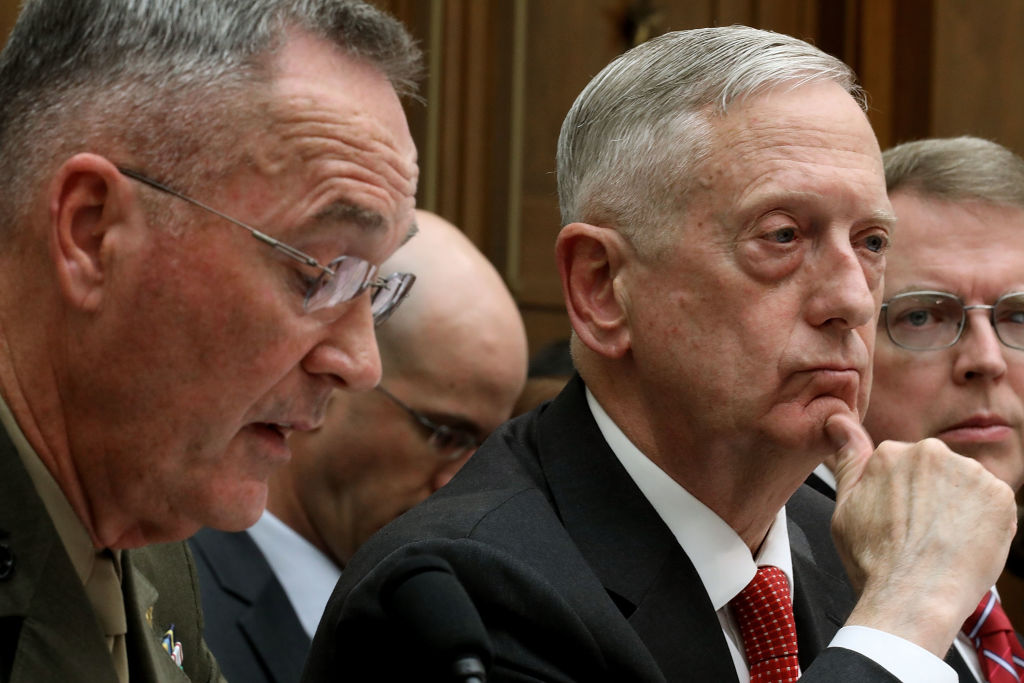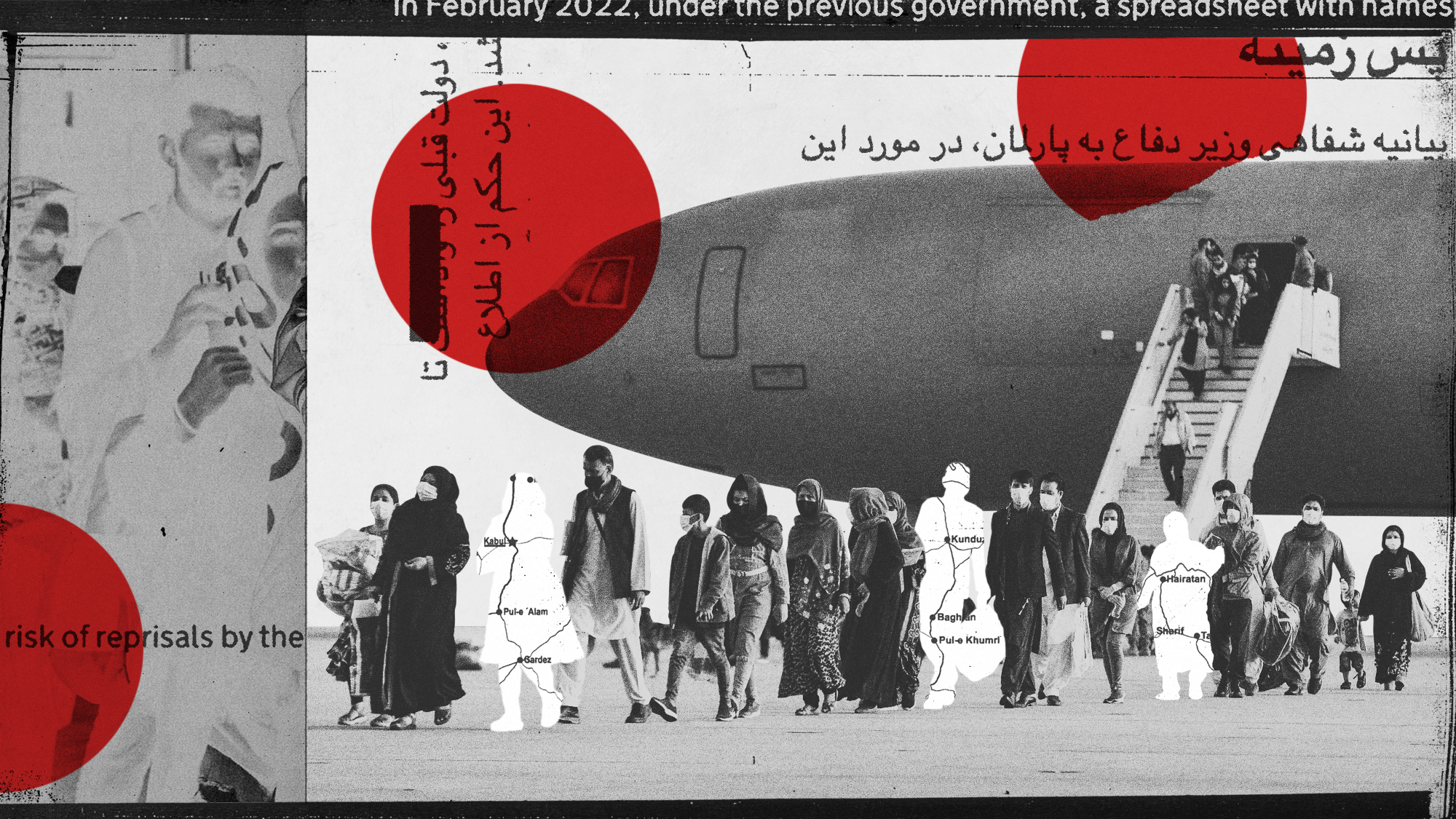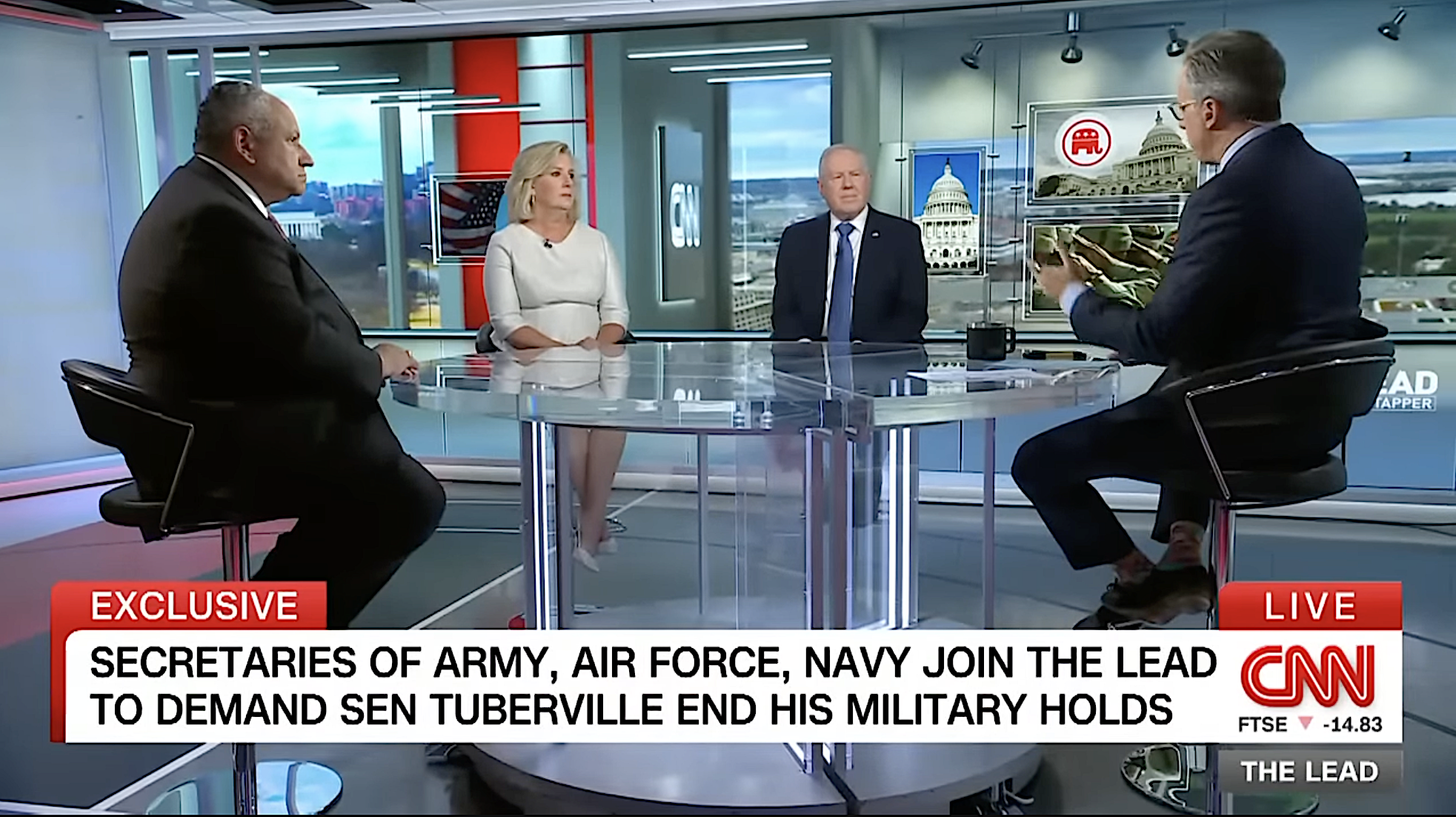Trump is letting Defense Secretary James Mattis autonomously decide troop levels in Afghanistan


President Trump is the commander-in-chief of the U.S. armed forces, but he's increasingly letting his defense secretary, retired Gen. James Mattis, run America's wars. Following his decision in April to give Mattis authority to decide troop levels in Iraq and Syria, Trump extended that authority to the war in Afghanistan on Tuesday, The New York Times reports. The White House is expected to announce the decision on Wednesday, a U.S. official tells The Wall Street Journal. Trump has also handed Mattis broad authority over strikes in Yemen and Somalia.
The U.S. and NATO allies invaded Afghanistan in late 2001 to oust the Taliban, which had sheltered the Al Qaeda perpetrators of the Sept. 11 terrorist attacks. Some 13,000 U.S. and NATO troops are still fighting the Taliban, Al Qaeda, and the Islamic State, mostly by advising embattled Afghan forces. U.S. military commanders have requested 3,000 to 5,000 more U.S. troops for Afghanistan, and Mattis has signaled that he will comply. "The Taliban had a good year last year, and they're trying to have a good one this year," he told the Senate Armed Services Committee on Tuesday. "Right now, I believe the enemy is surging," and the U.S. is "not winning."
Asked what "winning" would look like in Afghanistan, Mattis said it would "be an era of frequent skirmishing, and it's going to require a change in our approach from the last several years if we're to get it to that position," where local Afghan forces could tamp down violence while U.S. and NATO forces in the country offered advice, intelligence, and airstrikes. More than 5,000 Afghan forces were killed in the first eight months of 2016, and more than 3,000 civilians were killed all year. More than 2,300 members of the U.S. military have been killed in Afghanistan since 2001, including three on Saturday.
The Week
Escape your echo chamber. Get the facts behind the news, plus analysis from multiple perspectives.

Sign up for The Week's Free Newsletters
From our morning news briefing to a weekly Good News Newsletter, get the best of The Week delivered directly to your inbox.
From our morning news briefing to a weekly Good News Newsletter, get the best of The Week delivered directly to your inbox.
A free daily email with the biggest news stories of the day – and the best features from TheWeek.com
Peter has worked as a news and culture writer and editor at The Week since the site's launch in 2008. He covers politics, world affairs, religion and cultural currents. His journalism career began as a copy editor at a financial newswire and has included editorial positions at The New York Times Magazine, Facts on File, and Oregon State University.
-
 The best homes of the year
The best homes of the yearFeature Featuring a former helicopter engine repair workshop in Washington, D.C. and high-rise living in San Francisco
-
 Critics’ choice: The year’s top 10 movies
Critics’ choice: The year’s top 10 moviesFeature ‘One Battle After Another’ and ‘It Was Just an Accident’ stand out
-
 The small Caribbean island courting crypto billions
The small Caribbean island courting crypto billionsUnder the Radar Crypto mogul Olivier Janssens plans to create a libertarian utopia on Nevis
-
 Operation Rubific: the government's secret Afghan relocation scheme
Operation Rubific: the government's secret Afghan relocation schemeThe Explainer Massive data leak a 'national embarrassment' that has ended up costing taxpayer billions
-
 British warship repels 'largest Houthi attack to date' in the Red Sea
British warship repels 'largest Houthi attack to date' in the Red SeaSpeed read Western allies warn of military response to Iranian-backed Yemeni rebels if attacks on ships continue
-
 Houthi rebels claim Red Sea ship attacks
Houthi rebels claim Red Sea ship attacksspeed read Iran-backed Yemeni group vows to escalate aggression towards Israel-linked vessels in revenge for Gaza war
-
 Israel plans next phase of Gaza war as first hostages released
Israel plans next phase of Gaza war as first hostages releasedSpeed read After four-day ceasefire 'we will not stop' until destruction of Hamas, says Israel
-
 Mob storms Russian airport 'looking for Jews'
Mob storms Russian airport 'looking for Jews'Speed Read Plane from Israel surrounded by rioters chanting antisemitic slogans after landing in Russia's Dagestan region
-
 Tuberville's military promotions block is upending lives, combat readiness, 3 military branch chiefs say
Tuberville's military promotions block is upending lives, combat readiness, 3 military branch chiefs saySpeed Read
-
 Ukraine's counteroffensive is making incremental gains. Does it matter in the broader war?
Ukraine's counteroffensive is making incremental gains. Does it matter in the broader war?Speed Read
-
 US commissions first-ever Navy ship in a foreign port
US commissions first-ever Navy ship in a foreign portSpeed Read
